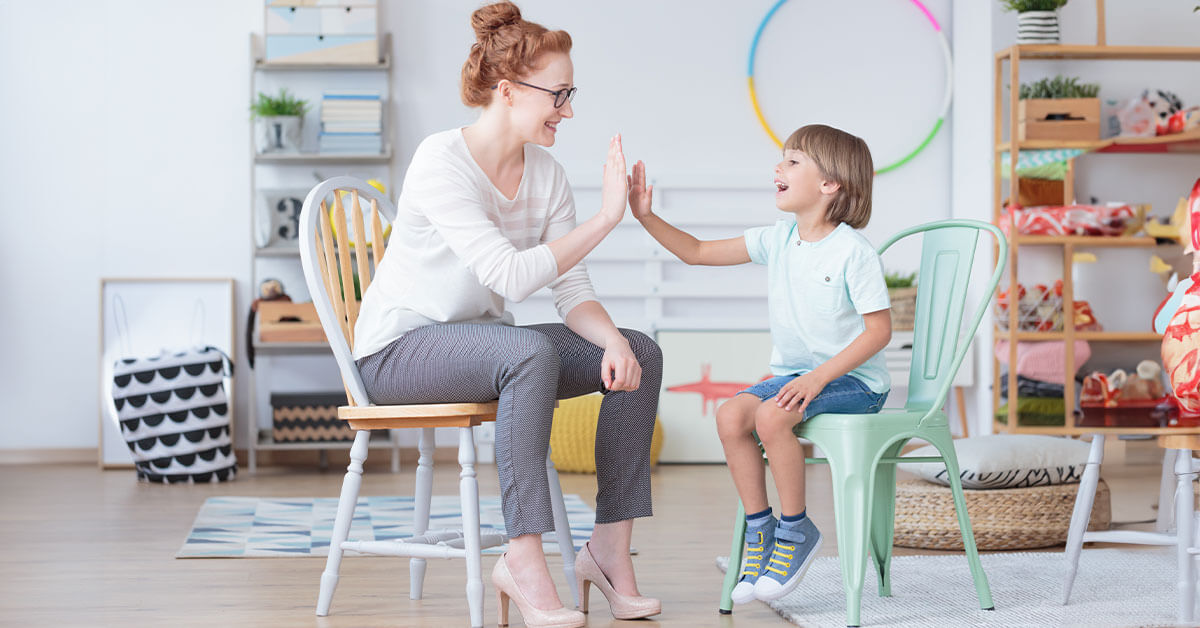Creating an autism-friendly home environment is a crucial step in supporting the well-being and development of individuals with autism spectrum disorder (ASD). An autism-friendly home is not just about safety; it’s about crafting a space where individuals with autism can feel comfortable, calm, and supported in their daily lives. This blog delves into practical tips and strategies to transform your living space into an autism-friendly sanctuary conducive to the unique needs of individuals with ASD.
Understanding Sensory Needs
Individuals with autism often experience heightened or reduced sensitivity to sensory input, which can significantly affect their comfort and behavior. Understanding these sensory preferences is the first step in creating a supportive home environment.
Key Strategies:
- Sensory Assessment: Observe and note the sensory preferences and triggers of the individual with autism in your home. This understanding can guide you in making necessary adjustments to the environment.
- Create Sensory Zones: Establish specific areas in your home dedicated to sensory play or relaxation, equipped with items that cater to the individual’s sensory needs, like soft lighting, textured mats, or noise-canceling headphones.
Designing for Comfort and Calm
Your home’s overall design and layout can profoundly impact the comfort of someone with autism.
Key Strategies:
- Minimize Clutter: A clutter-free environment can reduce anxiety and sensory overload. Ensure each item has a designated place, and maintain a clear and organized space.
- Use Calming Colors: Opt for soothing colors for walls and furnishings. Soft blues, greens, and earth tones can create a calming atmosphere, while bright or fluorescent colors might be overstimulating.
- Flexible Lighting: Install adjustable lighting to control the intensity and brightness according to the individual’s comfort level. Natural lighting can be beneficial, but it’s also important to have options to dim lights or use blackout curtains for sensory regulation.
Establishing Routine and Predictability
Predictability and routine are often comforting for individuals with autism, providing a sense of security and control.
Key Strategies:
- Visual Schedules: Use visual schedules and calendars to outline the day’s activities, helping to reduce anxiety about the unknown and assisting with transitions between activities.
- Designated Spaces: Create specific areas for various activities, such as a quiet reading nook, a play area, or a homework station, to establish clear expectations and routines associated with each space.
Safety First
Ensuring safety is paramount in an autism-friendly home, particularly for individuals who may have less awareness of potential dangers.
Key Strategies:
- Secure Potential Hazards: Install safety locks on cabinets and doors, secure heavy furniture to walls, and ensure windows and balconies are safe and secure.
- Create a Safe Retreat: Designate a safe space where the individual with autism can retreat to when feeling overwhelmed or in need of solitude.
Engaging the Senses
Integrating sensory-friendly elements into your home can provide therapeutic benefits and enhance overall well-being.
Key Strategies:
- Sensory Tools and Toys: Equip the home with sensory toys and tools, such as weighted blankets, stress balls, or tactile puzzles, that can provide comfort and sensory feedback.
- Nature and Greenery: Incorporating plants, water features, or a small garden can provide sensory engagement and a peaceful retreat.
Involving the Individual
Whenever possible, involve the person with autism in the process of creating their environment. Their input can provide valuable insight into what makes them feel most comfortable and supported.
Conclusion
Transforming your home into an autism-friendly space is a thoughtful process that can significantly enhance the quality of life for individuals with autism. By understanding their unique preferences and needs, you can create a supportive, safe, and comfortable environment that allows them to thrive. Remember, the goal is to cater to the individual’s specific needs, fostering a sense of security, belonging, and well-being in their own home.
Verbal AUTISM provides the most practical app that makes it easier for children with autism to speak as well as providing all the tools needed to effectively teach. Available on Apple App Store and on Google Play Store.


